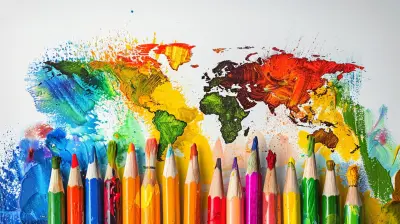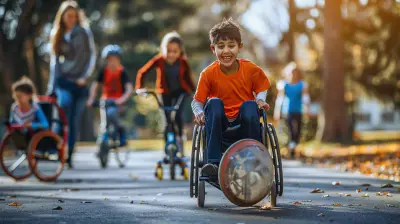Auditory Learning and the Power of Storytelling in Education
24 July 2025
Ever wondered why some people remember everything they hear but struggle to recall what they read? That’s the magic of auditory learning! Some individuals are wired to absorb information better through sound, whether it’s a lecture, a podcast, or—best of all—a good story.
But here’s the thing: storytelling isn’t just for bedtime. It’s a powerful educational tool that fuels engagement, boosts memory, and makes learning an experience rather than just a task. Let’s dive into how auditory learning and storytelling create a game-changing combination in education. 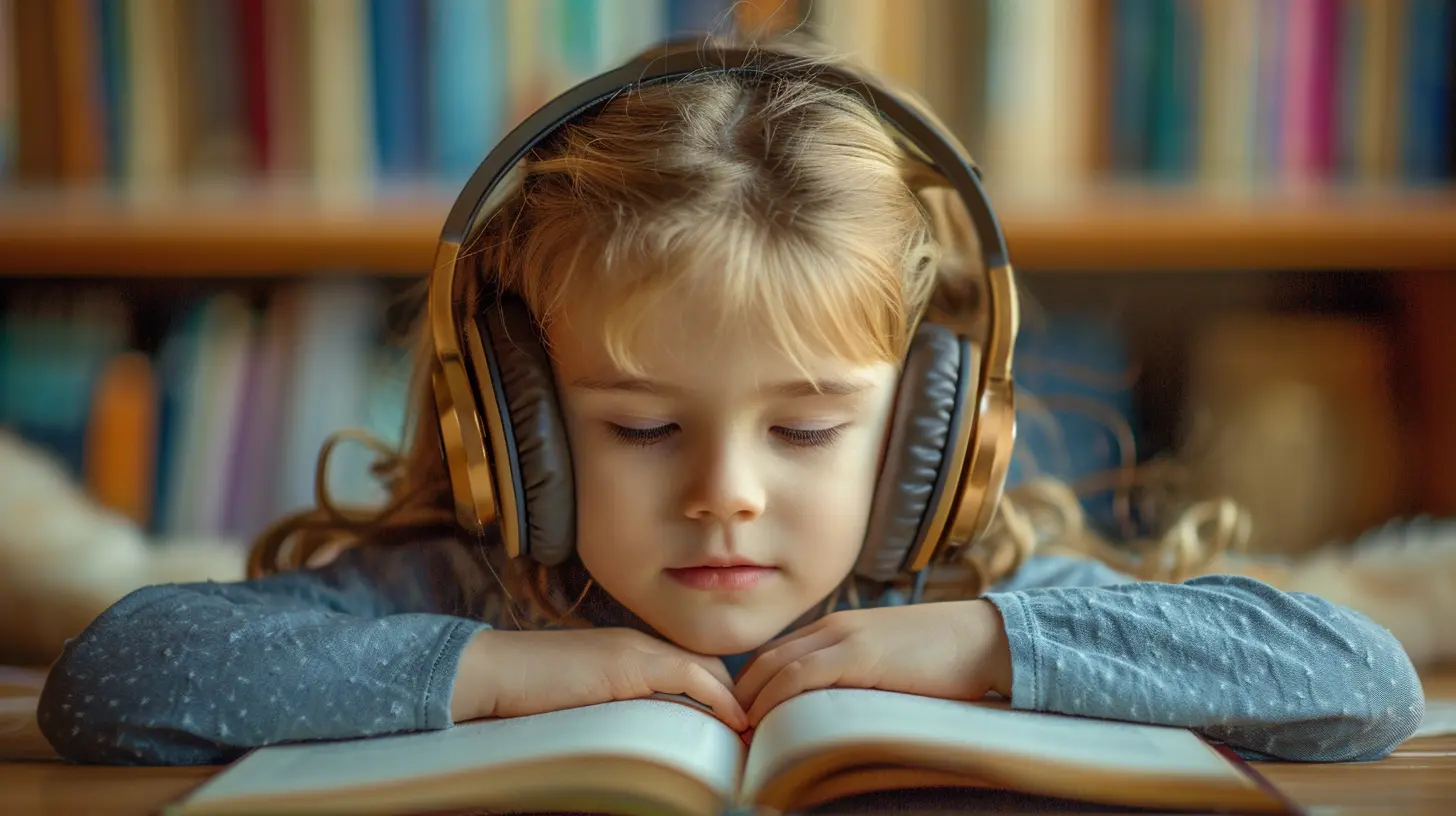
Understanding Auditory Learning
What Is Auditory Learning?
Auditory learning is a learning style where individuals process and retain information best when they hear it. These learners thrive on spoken words—lectures, discussions, and even music. While some people rely on visual aids or hands-on activities, auditory learners soak up knowledge by listening.You know that friend who remembers every word of a conversation but forgets what they wrote down? Yep, they’re probably an auditory learner!
Characteristics of Auditory Learners
Auditory learners often show these traits:- They remember spoken instructions easily.
- They enjoy discussions and verbal explanations.
- They learn better when things are read aloud.
- They have strong listening and speaking skills.
- They may struggle with written directions but excel with verbal ones.
If you’re an auditory learner, the sound of a teacher explaining a concept might stick with you more than pages of notes ever could. 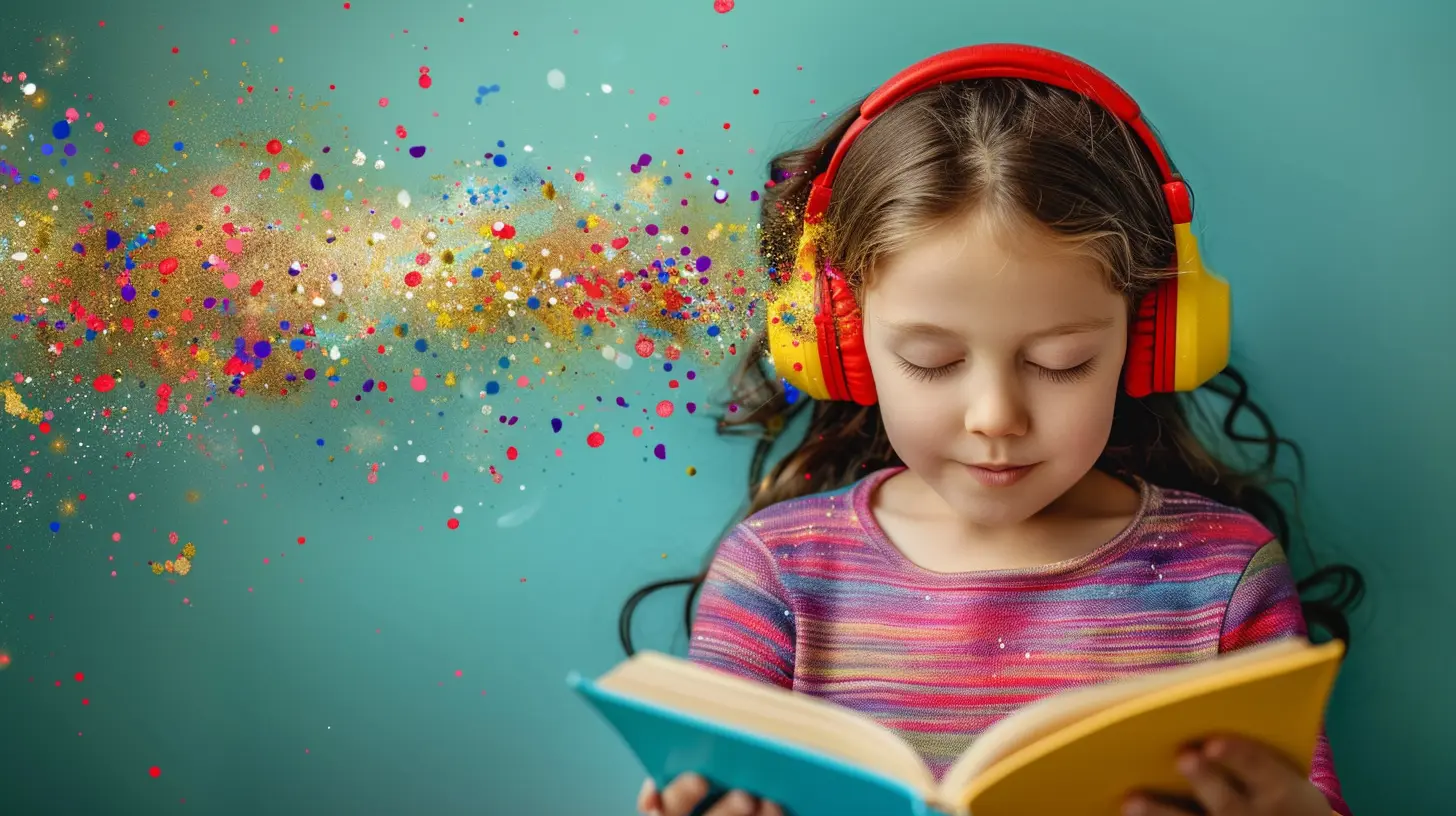
The Science Behind Auditory Learning
Why do some people learn better through hearing? It all comes down to brain processing. The auditory cortex, a part of the brain responsible for processing sound, plays a huge role in encoding spoken information.Studies show that when we hear something, our brains don’t just passively receive it—we actively engage with it. That’s why storytelling works so well: it triggers emotions, creates mental images, and strengthens memory. 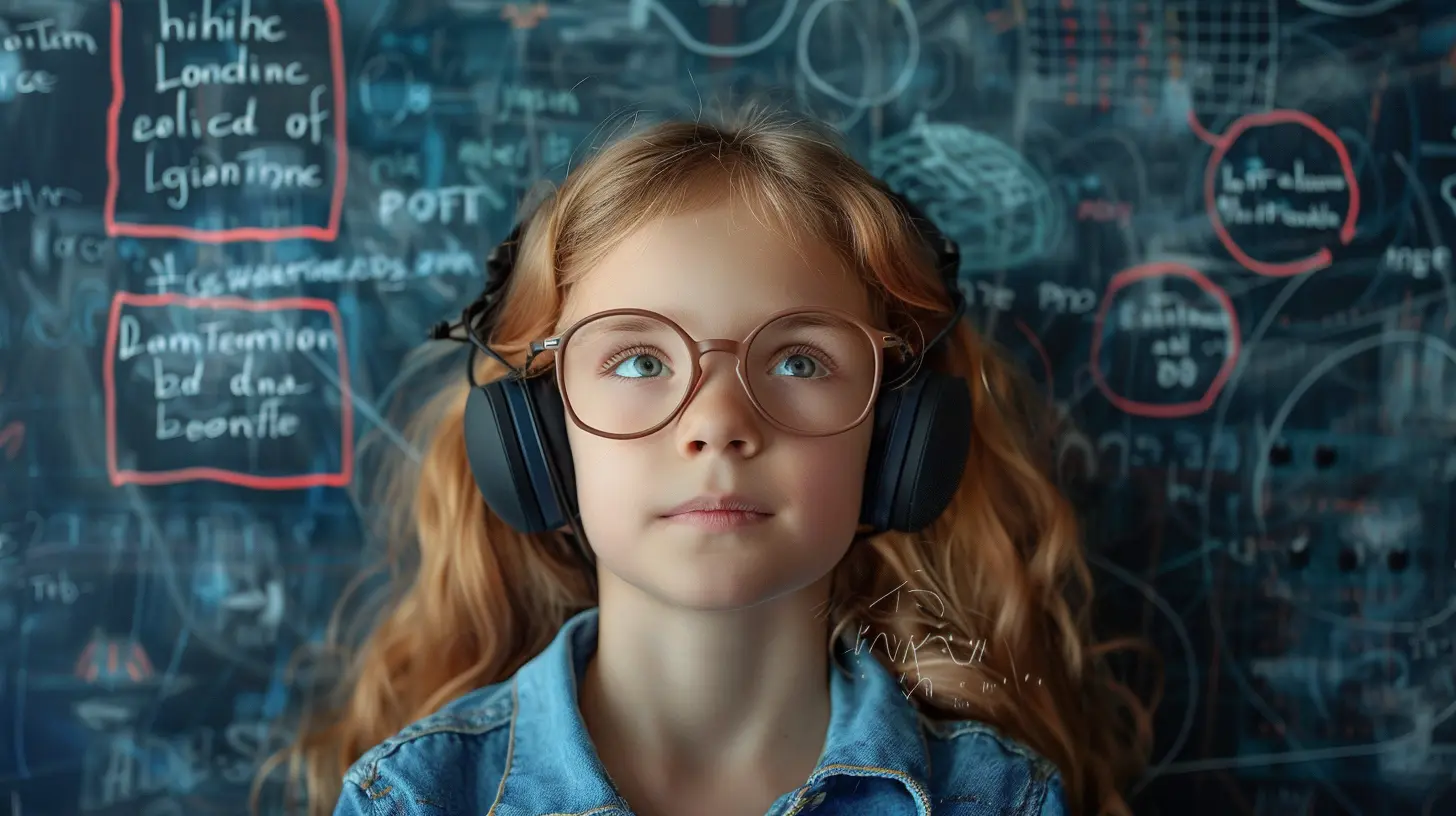
The Role of Storytelling in Education
Why Is Storytelling Such a Powerful Tool?
Picture this: You’re in class, and the teacher is droning on about history in a monotone voice. Boring, right? Now imagine that same lesson as an exciting story, filled with vivid details, emotions, and suspense. Which one are you more likely to remember?Storytelling makes learning come alive. It transforms dry facts into meaningful experiences, which helps students engage, understand, and retain information better.
How Storytelling Enhances Learning
Here’s why storytelling is a game-changer in education:- Creates Emotional Connections – People remember things better when they feel something. Stories trigger emotions, making the information more memorable.
- Activates Multiple Areas of the Brain – When we hear a story, different parts of our brain light up, improving comprehension and retention.
- Boosts Imagination and Creativity – A good story allows students to visualize concepts instead of just memorizing them.
- Encourages Critical Thinking – Stories often have conflicts, resolutions, and multiple viewpoints, encouraging students to think deeply.
- Improves Listening Skills – In a world full of distractions, storytelling teaches students the art of listening.
If you want a classroom full of engaged students, telling a compelling story might just be the secret ingredient! 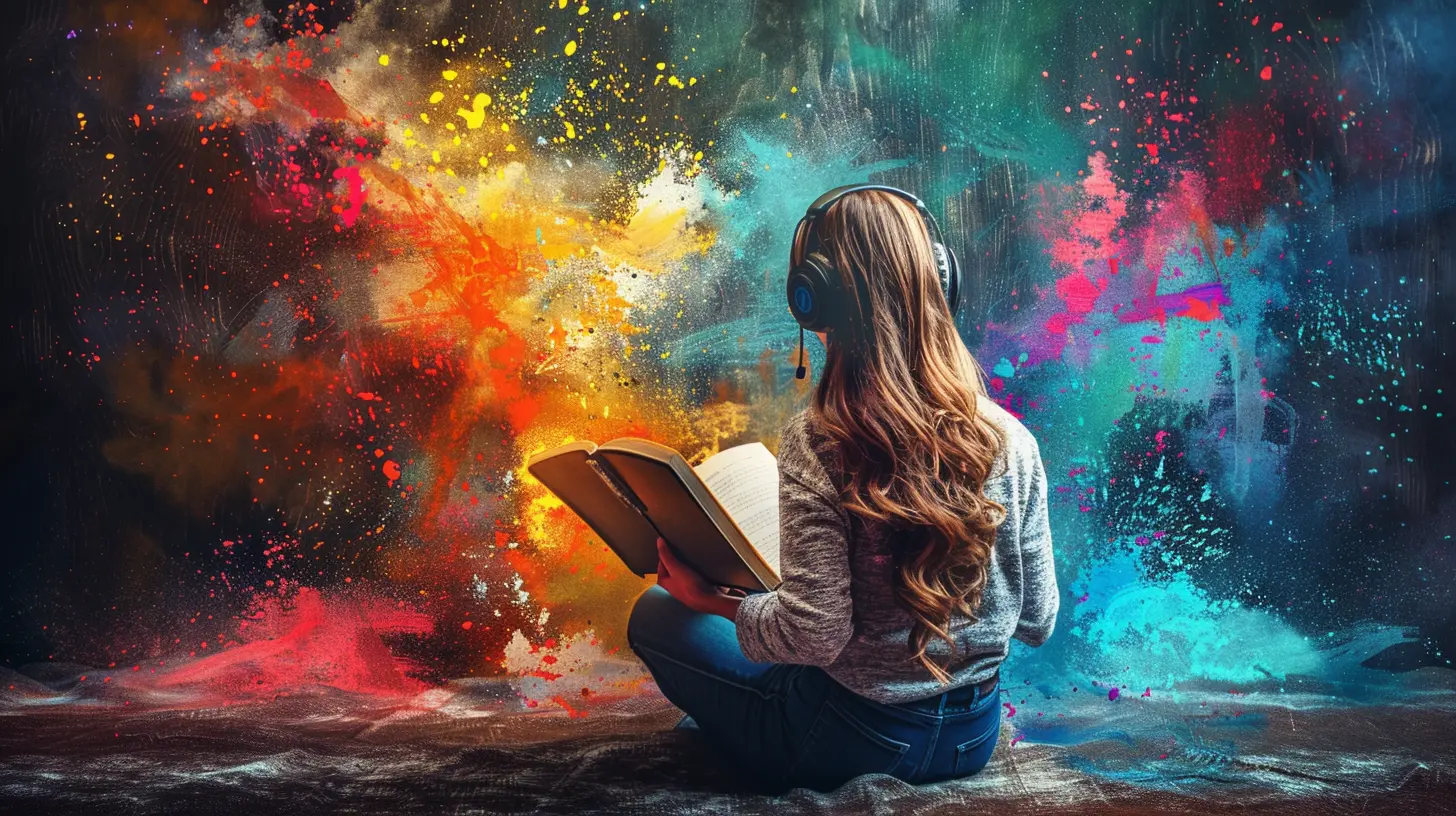
Practical Ways to Use Storytelling in Education
1. Turn Lessons into Narratives
Instead of just listing facts, weave them into a story. For example, teaching about the solar system? Instead of stating, “Mars is the fourth planet from the sun,” tell a story about an astronaut traveling through space and reaching Mars as their fourth stop.2. Use Audiobooks and Podcasts
Since auditory learners thrive on spoken information, incorporating educational podcasts or audiobooks can be a goldmine for engagement. These tools allow students to absorb content without the struggle of traditional textbooks.3. Encourage Student Storytelling
Give students the chance to create their own narratives. Whether it’s retelling a historical event in their own words or crafting fictional tales inspired by lessons, storytelling makes learning interactive and fun.4. Incorporate Music and Rhymes
Ever noticed how easily kids memorize songs? That’s because music and rhythm enhance memory retention. Turning lessons into rhymes or catchy tunes can be an effective way to teach new vocabulary, historical dates, or math formulas.5. Role-Playing and Dramatization
Bringing a story to life through role-playing helps students experience lessons rather than just listen to them. Acting out historical events or literary scenes makes learning more immersive.Auditory Learning Beyond the Classroom
Auditory learning isn’t limited to traditional classrooms. It plays a massive role in online learning, workplaces, and everyday life.- Podcasts and Online Courses – Many people turn to educational podcasts and courses because they align with their auditory learning style.
- Corporate Training – Businesses use storytelling in training sessions to engage employees and make information stick.
- Personal Development – From motivational speakers to audiobooks, people consume auditory content to learn and grow every day.
Clearly, auditory learning and storytelling extend far beyond school walls!
The Future of Auditory Learning in Education
With technology evolving, auditory learning is gaining even more ground. Virtual reality, AI-driven storytelling, and interactive audiobooks are revolutionizing education, making it more accessible and engaging than ever before.Imagine a world where students can listen to history unfold as if they were there, or where math lessons are explained by engaging voice assistants. The possibilities are endless!
Final Thoughts
Storytelling and auditory learning are a match made in educational heaven. When students hear a story, they don’t just absorb information—they connect with it, remember it, and enjoy learning in the process.So, whether you're a teacher, student, or just someone eager to make learning more effective, embrace the power of storytelling. After all, isn’t life itself one big story waiting to be told?
all images in this post were generated using AI tools
Category:
Learning StylesAuthor:

Monica O`Neal
Discussion
rate this article
2 comments
Calder Dillon
Storytelling enhances auditory learning, fostering engagement and retention through relatable narratives in education.
November 24, 2025 at 5:42 AM

Monica O`Neal
Thank you for your insightful comment! I completely agree—storytelling truly captures attention and makes learning memorable by connecting with students on a personal level.
Georgia Wood
Great insights! Storytelling truly enhances auditory learning in education. Thank you!
July 30, 2025 at 4:20 AM

Monica O`Neal
Thank you for your kind words! I'm glad you found the insights valuable. Storytelling really does make a significant impact on auditory learning!

